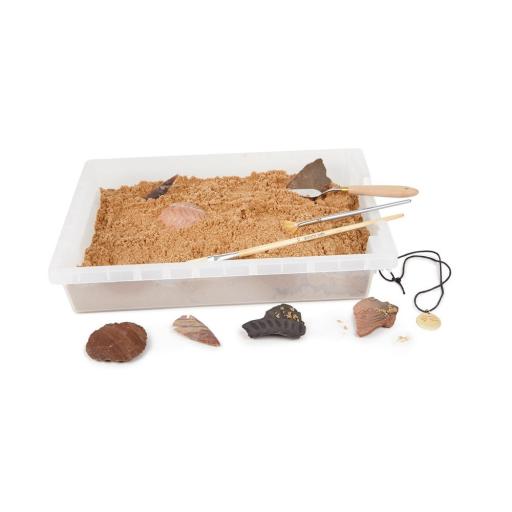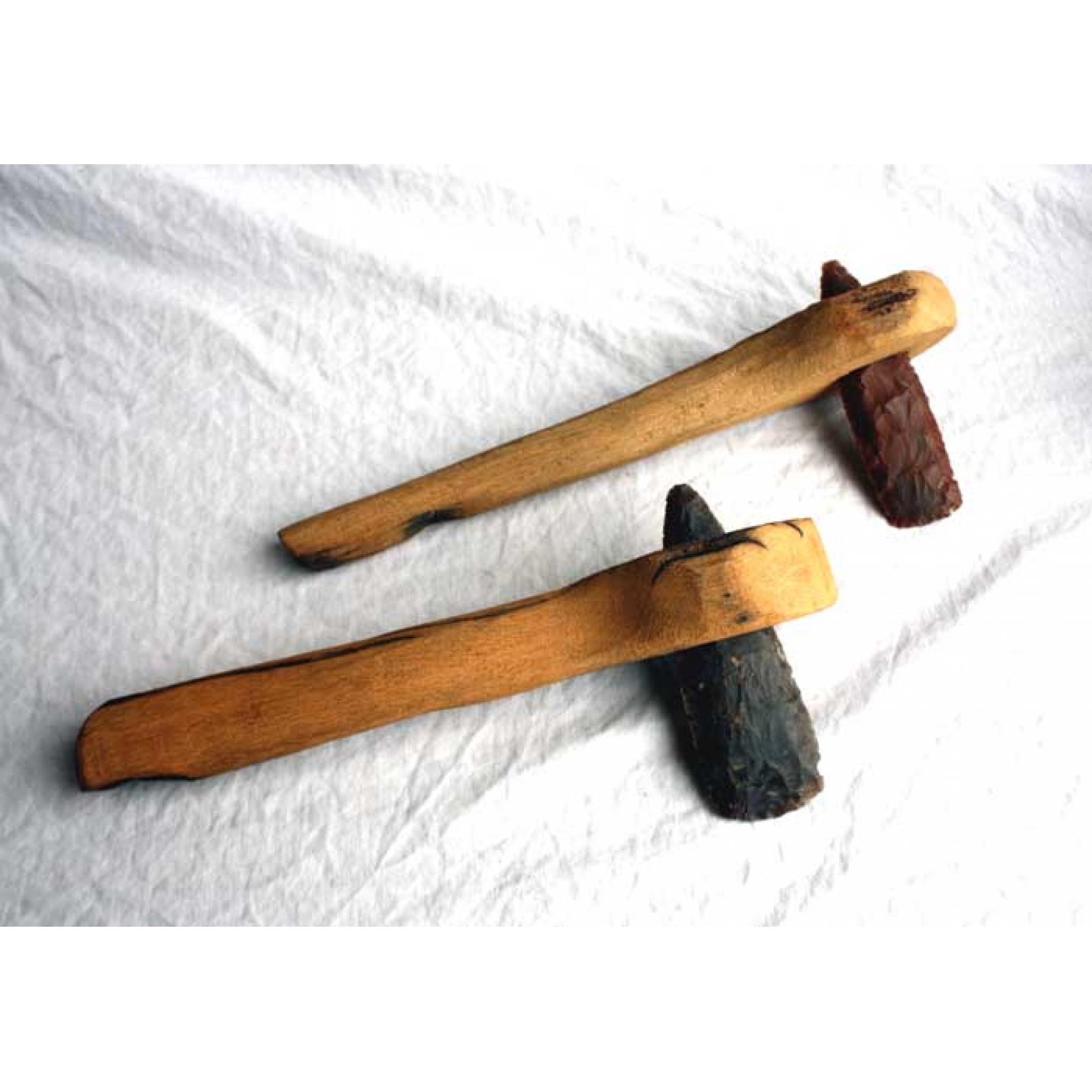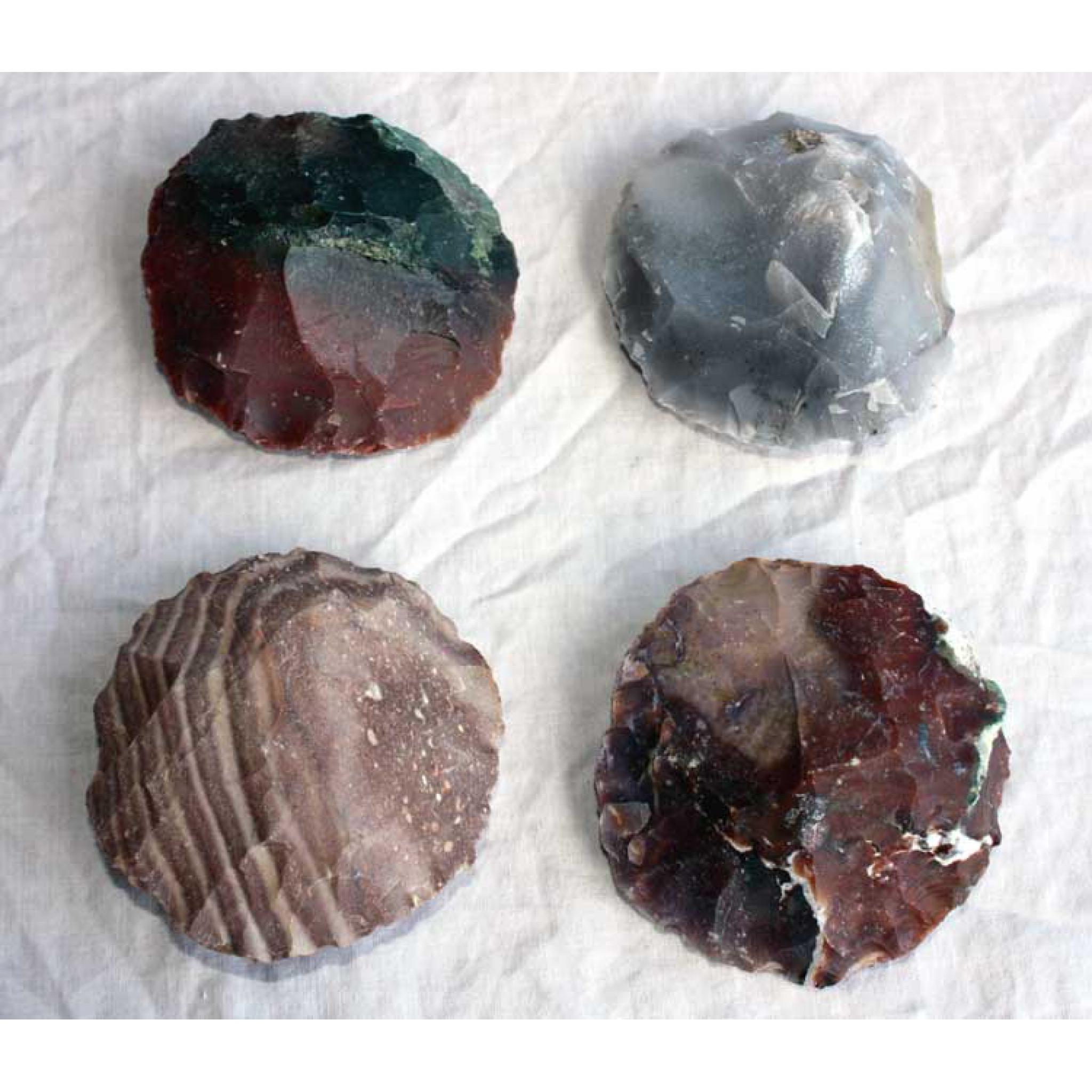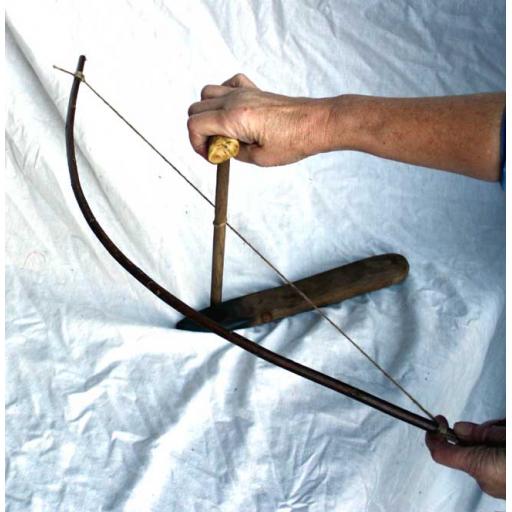What was life like in the Mesolithic Stone Age?
Life in the Mesolithic period
The Stone Age, also known as the Neolithic period, was a time in human history when early humans lived in small, nomadic communities and relied on hunting, gathering, and agriculture for survival. Life during this time was vastly different from modern-day living, with no access to electricity, technology, or modern conveniences. Let's take a closer look at what an average day might have looked like for a Stone Age man.
Morning
Stone Age men and women typically rose with the sun and began their day by starting a fire. Fire was essential for warmth, cooking, and protection from wild animals. After starting a fire, Stone Age men would venture out to hunt for food. They hunted with tools made from stone, such as spears and bows and arrows. They would track game, such as deer or elk, until they caught it. They would then bring the animal back to camp to be butchered and cooked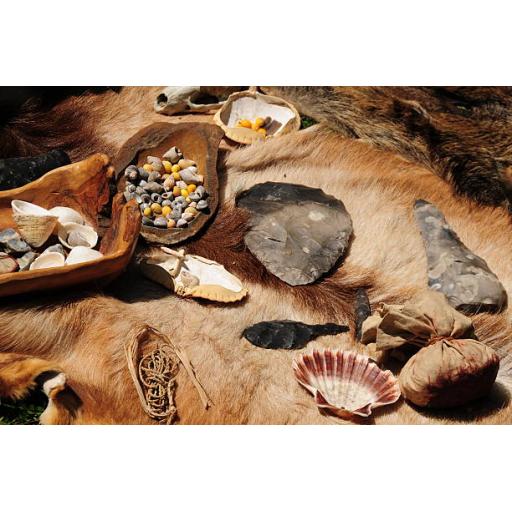
Afternoon
After hunting, Stone Age men would spend their afternoons working on various tasks. They might work on creating new tools, such as axes, knives, and hammers, by chipping away at stones. They might also gather wild plants, berries, and nuts for food. They would then return to their camp to cook and eat their food. Stone Age men and women often cooked their food by roasting it over an open fire or boiling it in a pot made from clay.
Evening As nightfall approached, Stone Age men and women would gather around the fire to share stories and songs. They might also work on crafting items such as pottery or baskets, using techniques that had been passed down through generations. They would sleep in simple shelters made from branches and animal hides, and take turns keeping watch for wild animals.
Life during the Stone Age was challenging, but it was also full of wonder and discovery. Early humans had to rely on their ingenuity and resourcefulness to survive in a world that was often harsh and unforgiving. Despite the challenges, Stone Age men and women were able to create a rich culture and way of life that has influenced human history to this day.
How did humans survive?
Humans survived in the prehistoric period by adapting to their environment and developing skills to hunt, gather, and farm for food. They also developed social structures and communities for protection and cooperation.
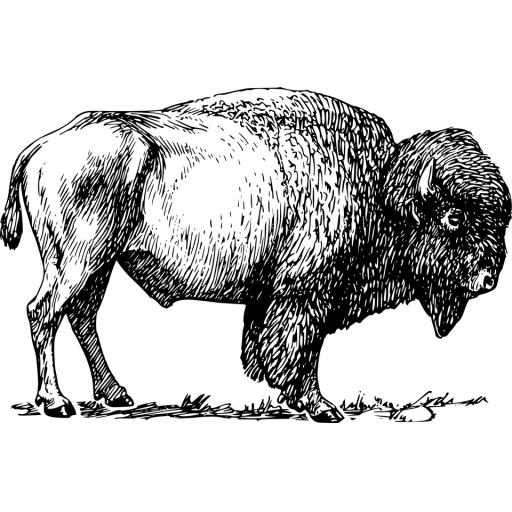
During the prehistoric period, many different types of animals lived on Earth, including dinosaurs, which were the dominant animals during the Mesozoic Era. However, humans did not exist during this time. The prehistoric period that humans lived in is called the Paleolithic, which began about 2.6 million years ago and ended around 10,000 BCE.
During the Paleolithic, humans shared the earth with a wide range of animals, some of which are now extinct. These animals included mammoths, saber-toothed cats, giant ground sloths, and woolly rhinoceroses. Humans hunted these animals for food and used their bones, hides, and other materials for tools and clothing.
As humans developed agriculture during the Neolithic period, they domesticated animals such as sheep, cows, pigs, and goats for food and other uses. This allowed them to settle in one place and develop more complex societies and civilizations.
Today, many of the animals that lived during the prehistoric period have gone extinct, while others have evolved into modern-day animals. The study of prehistoric animals and their evolution is known as paleontology, and it continues to reveal new information about the ancient past.
